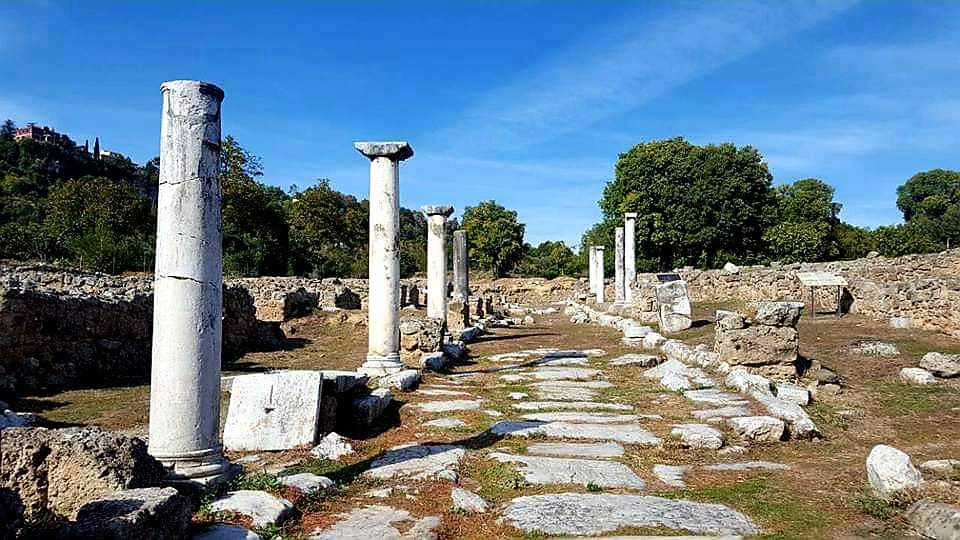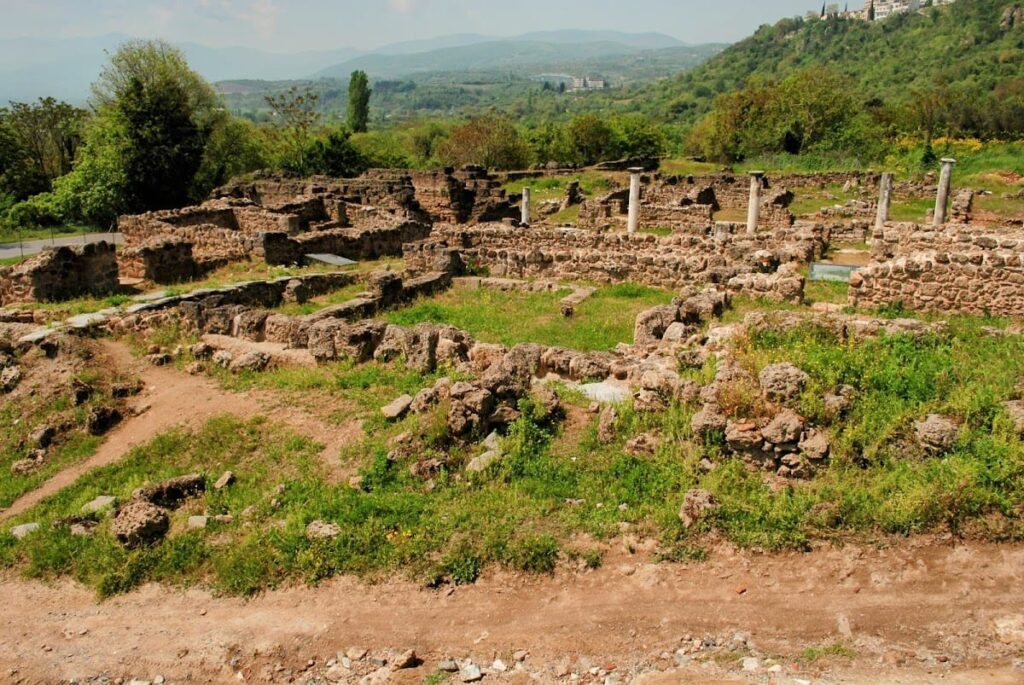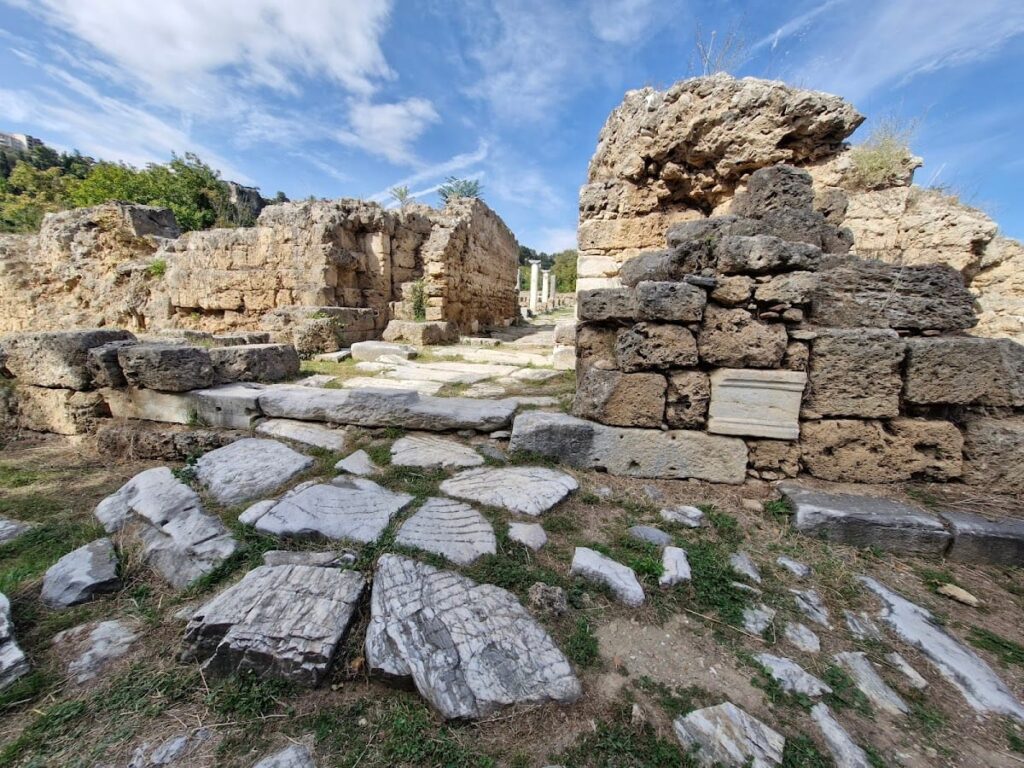Longos in Edessa: An Ancient Urban Center in Greece
Visitor Information
Google Rating: 4.6
Popularity: Low
Google Maps: View on Google Maps
Official Website: www.pella-museum.gr
Country: Greece
Civilization: Byzantine, Greek, Roman
Remains: City
History
The archaeological site of Longos, located in Edessa, Greece, corresponds to the Lower Town of ancient Edessa. This urban area emerged as a planned city during the late 4th century BC under the Macedonian kingdom. Its position linked the mountainous Upper Macedonia with the surrounding lowlands, benefiting from natural defenses and abundant water sources. These features contributed to Edessa’s significance from prehistoric times through the Hellenistic period.
During the Hellenistic era, Edessa developed further as a fortified city with organized public institutions. The city maintained religious practices dedicated to several deities, including Zeus the Great, Hercules Kynagida, Patrios Dionysus, Sabazios, Artemis, Nemesis, a Syrian goddess, and Mas. The latter is known from inscriptions related to a Roman sanctuary and slave manumission, indicating a diverse religious life.
In the Roman and early Christian periods, Edessa prospered notably. The city lay along the Egnatia road, a major route connecting the Adriatic Sea to Constantinople, which enhanced its economic and strategic importance. Public institutions such as a parliament and gymnasium functioned during this time, reflecting a structured civic life.
By the late 6th to early 7th century AD, the Lower Town was abandoned due to barbarian raids and other pressures. The population retreated to the acropolis, which later became the Byzantine castle known as the Bodeans. After this shift, the Lower Town ceased to be inhabited, marking the end of its urban occupation.
Remains
The site of Longos reveals a well-organized urban layout with a strong fortification system. The city was enclosed by walls featuring tall, square towers and gates at key points. The southern gate stands out as the main and most heavily fortified entrance to ancient Edessa.
A paved main street, about 80 meters long and called the “Via colonnata,” runs through the city. This street is lined with galleries supported by columns and pillars. Two-storey buildings flank both sides, with workshops, shops, and warehouses on the ground floor, and living quarters above.
Among public buildings along the main street is the “Orion,” a warehouse dating from the 4th to the 6th or 7th century AD. It was used to store grain, oil, and wine, indicating the city’s role in regional trade and supply.
East of the main street lies a large complex identified as the city’s bishopric from the 5th to 6th century AD. This complex includes paved courtyards, storage rooms, and a marble fountain made from fragments of earlier luxury buildings. It also contains a two-storey hall with arches and two richly decorated rooms featuring marble floors, frescoes, and gold mosaics.
Two basilicas from the 6th century AD have been uncovered, one inside the city walls and another outside. Surrounding the city are cemeteries dating from the Late Classical to Early Christian periods, reflecting continuous occupation and changing burial customs.
The city had an advanced water supply and sewage system. Water was transported through clay pipes to fountains, and baths were located outside the walls. These features highlight the importance of water management for the city’s security, agriculture, and daily life.
Today, visible remains include parts of the acropolis walls, the fortification system, the main street with its colonnades, and various public and private buildings. The acropolis itself offers limited information due to scarce surviving structures.









